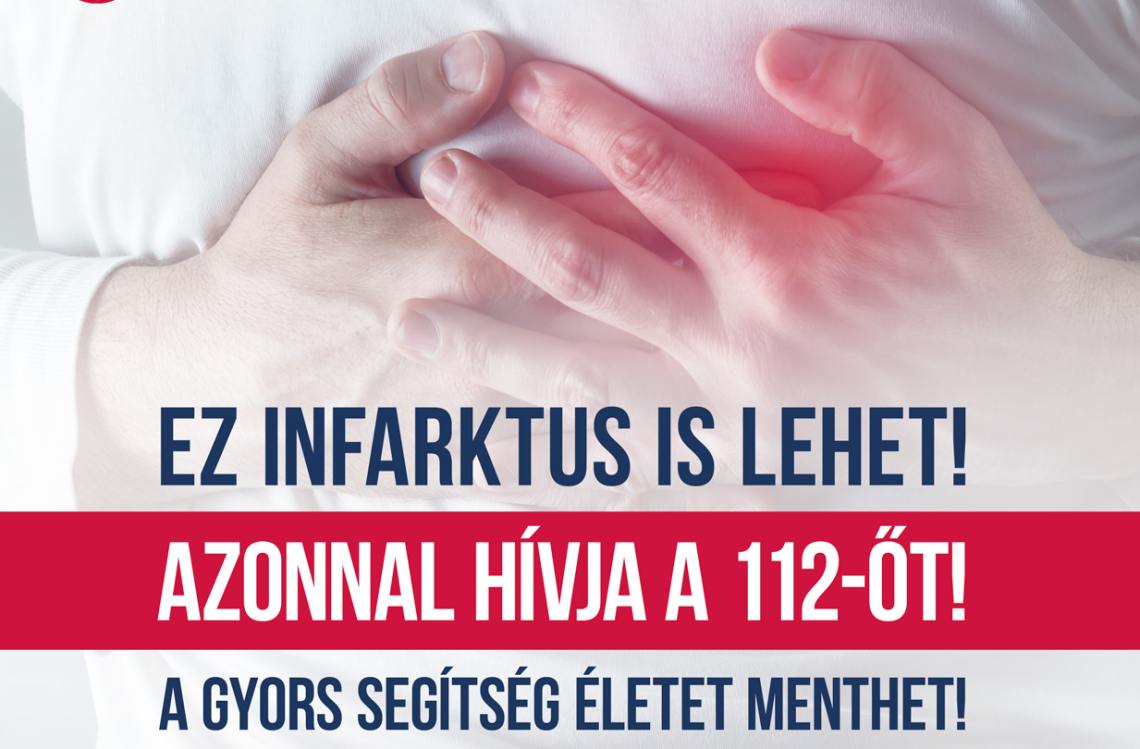Research & Studies

Introduction: The significance of the total ischemic time (from the beginning of the complaint to the opening of the vessel) is an important factor for myocardial salvage.
Aim: The aim of the study was to determine the prognostic significance of the TIT in patients with ST elevation myocardial infarction in Hungary.
Method: From 1 January 2014 all patients with myocardial infarction were recorded by law in an on-line database of the Hungarian Myocardial Infarction Registry. Between 1 January 2014 and 31 March 2016, 27 157 patients with 28 408 myocardial infarction events were recorded. To investigate TIT, 7146 STEMI patients were selected who were treated with percutaneous coronary intervention (PCI) within 24 hours of the beginning of the complaint and all of its components were known.
Results: Average follow-up was 740 ± 346 days. The median time of the TIT is 260 minutes, within which the earliest prehospital time was found (median 205 minutes). The TIT influenced survival: if this time was less than 400 minutes, the 30-day and the 1-year deaths were 7.5% and 12.2%, respectively. In longer TIT, higher mortality rate was found (9.2% versus 19.7%, respectively). Multivariate analysis was performed for short (<30 days), medium (30–364 days) and long-term (≥365 days) survival. Diabetes mellitus is a short-term prognostic factor, abnormal creatinine, and severe coronary status have affected short and medium survival. PCI was significant in terms of medium and long-term survival. Previous myocardial infarction and TIT influenced the long-term survival significantly.
Conclusions: In Hungary, TIT is too long, and its dominant part falls within the prehospital period. The TIT is an independent prognostic factor, so reducing this time can improve the long-term prognosis of patients with ST-elevation myocardial infarction.
Keywords: ST-elevation myocardial infarction, total ischaemic time, mortality, myocardial infarction registry
The article was published in Orvosi Hetilap, volume 159. issue 27. (pp. 1113-1120)
The journal publishes original and review papers in the fields of experimental and clinical medicine. It covers epidemiology, diagnostics, therapy and the prevention of human diseases as well as papers of medical history. This is the oldest, still in-print Hungarian publication and also the one-and-only weekly published scientific journal in Hungary. The strategy of the journal is based on the Curatorium of the Lajos Markusovszky Foundation and on the National and International Editorial Board. The 150 year-old journal is part of the Hungarian Cultural Heritage. (Source)
Authors:
Jánosi András dr.
Forster Tamás dr.
Ungi Imre dr.
Ofner Péter dr.
Andréka Péter dr.
© 2017-2023, All Rights Reserved